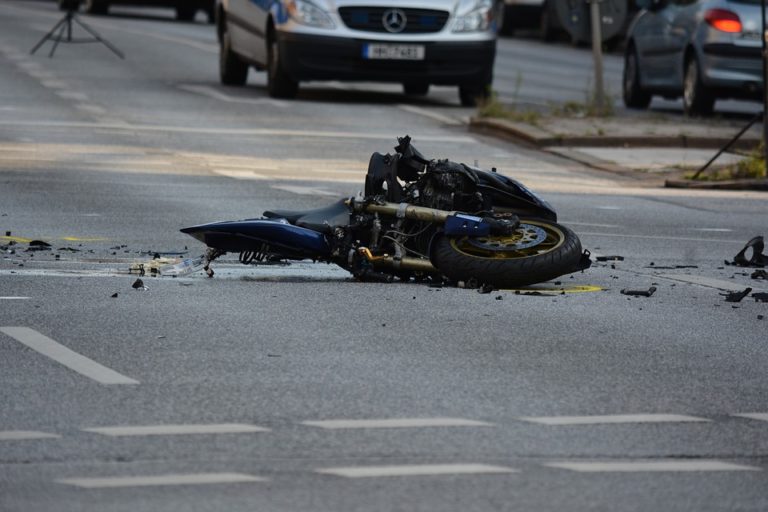
In March 2010, the UN General Assembly proclaimed the decade between 2011-2020 as the Decade of Road Safety. As a part of the Sustainable Development Goals (SDG) that India is a signatory to, it was decided that nations will take all possible action to bring down road accident deaths and injuries by 50% before 2020. Unfortunately, India does not even remotely seem likely to meet the targets. According to a report released by the research wing of the Indian Ministry of Road Transport between 2005 – 2016, more than 1.5 million people died in India in road accidents. This is three times the estimated deaths caused directly by the US wars in Iraq and Afghanistan.
The centrepiece of the Government’s action plan was the Motor Vehicles (Amendment) Bill. It has several salutary measures, including much stiffer fines for traffic offences such as driving under the influence of alcohol, rash driving and talking on a mobile phone while driving. It also has measures like providing protection to Good Samaritans, making contractors, consultants and civic agencies accountable for faulty design, construction or poor maintenance of roads leading to accidents, a Motor Vehicle Accident Fund to provide compulsory insurance cover to all road users in India for certain types of accidents and removing the cap on liability for third party insurance.
While stricter laws and more stringent penalties for traffic violations are important, we also need to understand that there are many reasons for this horrific death rate, ranging from road engineering, porous licensing procedures, ill-maintained vehicles, lack of road safety education as well as poor enforcement of rules and regulations. Making a difference requires concerted efforts from the Central and state governments, corporates, civil society as well as concerned individuals.
For the last several years, we have been working in the area of road safety, partnering with the Central and State governments, universities, law enforcement agencies and knowledge partners to tackle this issue at a more holistic level. Our programme is based on four pillars — Education on road safety, Enforcement of rules and regulations, Emergency Services and Engineering for Road Safety.
Our education efforts are directed into two areas. One is a high visibility public awareness campaign with Indian cricket captain Virat Kohli as the brand ambassador. The campaign has also seen enthusiastic participation and support by celebrities like Karishma Kapoor, Gul Panag, Kirron Kher and Chris Gayle. On-ground activations in pubs and restaurants urge revellers to have a Designated Driver. We have also been able to collect 20 million pledges from youngsters on Never Drink and Drive.
The second part of our education efforts is in partnership with the Ministry of Road Transport and Highways. We have devised the country’s first ever integrated formal training to university students seeking a learner’s licence. The goal is to reach over 500 universities across the country in the next three to five years; with the first year’s target being 100 programmes across 50 universities. In partnership with the Institute of Road Traffic Education in India (IRTE), we have also conducted driver training courses for over 6,000 commercial vehicle drivers.
To aid better enforcement, working with IRTE, we have trained 6,100 police officials as well as donated high-quality breath analysers to police departments of several states. For improving emergency services, we are working with oil companies to train their staff at petrol pumps to provide first aid and emergency response.
We are also working with various state governments to conduct road safety audits as well as identify blind spots that can be corrected. Recently, we conducted a capacity-building programme for traffic and police departments of the union territory of Puducherry.
As examples in Vietnam and Kenya show, concerted efforts from various sections of society to help bring about behaviour change.
In Vietnam, a law-making helmet use mandatory for motorcycle riders and its strict implementation coupled with specially designed helmets more suitable for that country’s hot climate has seen helmet use going up from 30% to 95% and a 69% reduction in injuries and 42 per cent reduction in fatalities from road accidents.
Kenya launched a sticker campaign in long-distance buses urging passengers to protest if their driver was driving recklessly. Studies show that this simple, yet powerful idea, was able to bring down accidents in these buses by about 30%.
There are still two more years to go in the Decade of Road Safety. Hopefully, the Motor Vehicles Amendment Bill will be passed soon after the elections, whichever government comes to power. But even as the legislative process takes its own course, over the next two years, all other sections of society need to vastly step up their efforts in promoting road safety, if India is to make even a dent in its terrible road fatality numbers.
